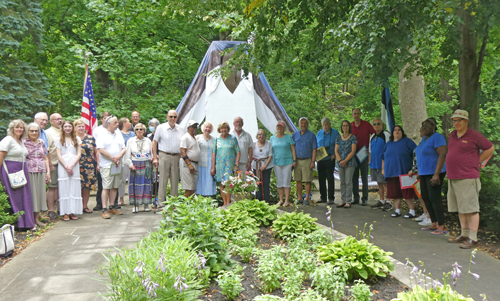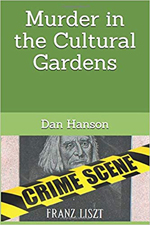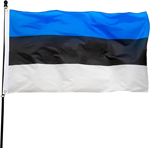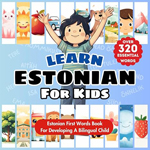The Estonian Cultural Garden was dedicated June 19, 1966. Each year, the Estonian community and friends gather to celebrate Estonian Victory Day (Võidupüha) and St John's Day (Jaanipäev).
Toomas Tubalkain served as MC and introduced speakers including Lithuanian Honorary Consul Ingrida Bublys, Congressman Dennis Kucinich and Estonian Garden delegate Erika Puussaar.
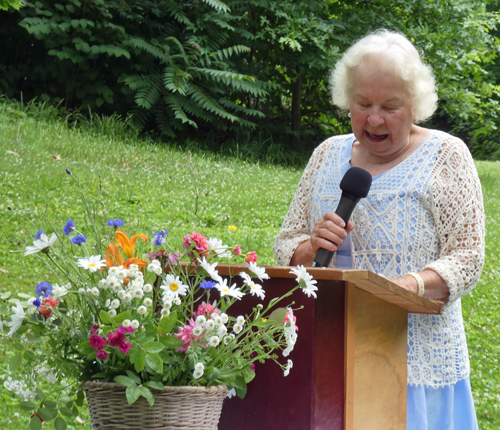
Erika Puussaar
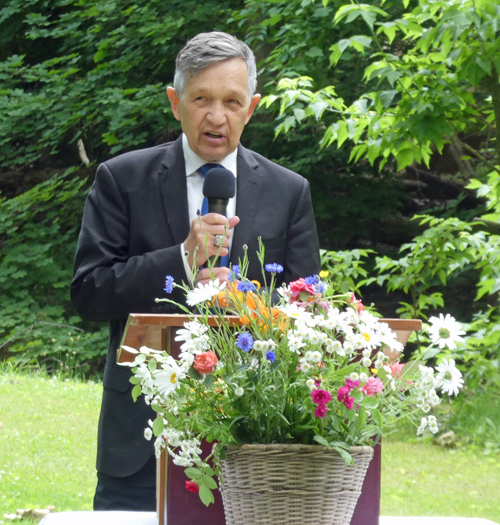
Dennis Kucinich
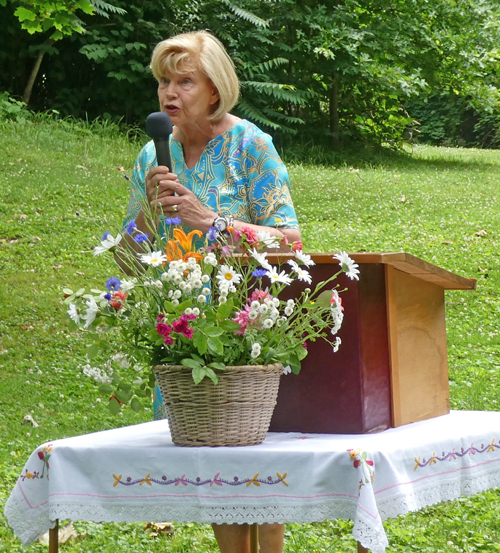
Ingrida Bublys
Teretulemast! Welcome to our annual Võidupüha/Jaanipäeva, Victory Day and St. John's Day (or Midsummer) commemoration in our beautiful Estonian Cultural Garden. We are appropriately situated between the Finnish and Latvian gardens and our monument commemorates 'Kalevipoeg' or as I like to call it, the Estonian Creation Myth.
This year, we not only remember those 3,588 soldiers who died during our battle for independence and the 13,775 injured during the war of independence, but we also remember how Estonia regained its independence on August 20th 1991, with no casualties of any kind.
- This past COVID year has posed many challenges for our community. For the first time in my memory, we did not celebrate our independence day together, we did not meet in this park to celebrate Victory Day and we even canceled the Estonian Christmas Party. We were also unable to grieve together, remembering the remarkable lives of those community members we lost during the past year.
- We lost Hans Ruus, a long time mainstay in our community. He was an active member of the Estonian Freedom Fighters organization or Võitlejate Ühing, a folk dancer, choir singer, with his wife, hosted the Estonian Christmas Party for countless years, cooking verivorst and happukapsas for our traditional meal.
- We lost Aino Samoson, who has actively supported our Cultural Garden, by joining in the spring clean-up and One World Day festivities. I relied on her baking skills to always bring an apple cake and sauerkraut for the Christmas party. She also brought her partner Bill Schrock into our community. Through his participation and energy, he has become an adopted Estonian.
- Most tragically, Toivo Alek Siitam was killed by a hit-skip driver on his 60th birthday, Nov. 17, 2020 in Columbus Ohio. Toivo would always make the drive up to Cleveland for our Estonian events. He could be counted on to bring red, black and white currants for our table and always a generous contribution to the Estonian Cultural Garden. In recent years, he joined a hunting club in Estonia, so he could go hunting in his ancestral woods. He provided all of his processed game to the border guards as a special gift for their service.
All three of these individuals were a credit to our community, made certain that they were a credit to their homeland, and are deeply missed at our gatherings. Let us reflect in a moment of silence upon those lives lost during the past year.
As so eloquently stated in the excellent documentary, 'The Singing Revolution', our 1991 restoration of Independence was a triumph of Culture over Tyranny. Each year for One World Day, I introduce hundreds of people to the Estonian Cultural Garden, by explaining the monument and its relevance to Estonia, as our creation myth. These myths have been popularized by the Marvel Comics movies over the last decade or two. Our Creation myth goes back into prehistory and was captured in the pages of Kalevipoeg. The inscription 'Aga ükskord algab aega..' on the monument has been translated as 'One day an age will dawn when all torches break out into full flame at both ends; the open fire will cut the hand from the rock's fetter; then Kalev will come home and bring happiness to his children.
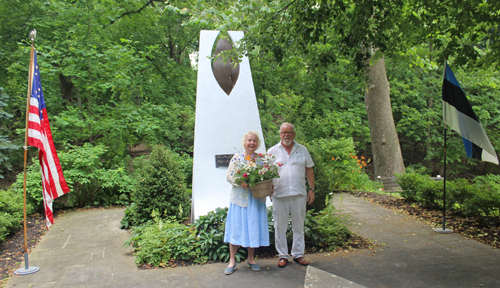 Erika Puussaar and Toomas Tubalkain
Erika Puussaar and Toomas Tubalkain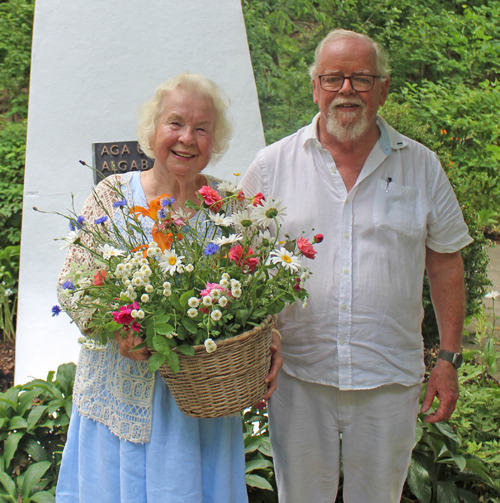
He had heard of a powerful wizard in Finland, that made the greatest swords in the world, so Kalev dove into the Gulf of Finland and swam across to visit the wizard. The wizard, upon hearing Kalev's story said 'You're in luck, I just finished my greatest and most powerful sword. With this, you will be invincible and can defend all of Estonia from invaders. Kalev hefted the sword, felt its balance and felt the magic the wizard had forged into the mighty weapon.
At this point I'd like to say that all people wish for their founders and creators of their country to be good and honorable people that never make mistakes. I wish I could say that Kalev was such a superhero, but as so often happens, we sometimes make bad decisions and Kalev, feeling invincible made a bad decision at this moment and decided not to pay for the sword and cut off the wizard's head instead. This was the decision that has impacted Estonia over the millennia.
Kalev swam back to Estonia, with his new sword, but had the nagging sensation that he had made a big mistake, but once made, it could not be undone. Kalev went about his business, riding his horse across Estonia and using the sword to defend the land and people. One day, riding through a forest stream, a giant wave came up, startling the horse and Kalev's sword fell into the water. Search as he might, Kalev could not find the sword. That nagging suspicion that he should have been honorable and paid the price for the sword, became stronger. Kalev was now worried that the wizard may have been able to curse him or the sword. Years later, crossing the same stream, another wave came out of nowhere washing Kalev off his horse and his sword cut him off at the knees. Kalev truly regretted that poor decision he made in Finland. The pagan gods of the day didn't think it appropriate that a superhero immortal should just lie bleeding on the banks of a stream, but they didn't want to simply reinstate him to his former position. They all knew of the bad choice he made and how he brought this on himself, so the gods rescued him, put him on his horse and sent him down to the gates of hell, to hold the door shut for eternity.
Losing their superhero protector, Estonia needed to fend for itself. They were unprepared for the Hanseatic league's soldiers and mercenaries attack in 1267AD and Estonia was conquered by Germanic Barons and Estonians became serfs. Over the centuries, all manner of nations decided they would like to have Estonia, their strong and beautiful people, their great port of Tallinn and their productive forests, fields and fisheries. Estonia was occupied by the Germanic Barons, the Swedish King, Danish armies and Russian Tsars. The one constant was that the German Barons remained in control of the people and land. They were very good managers and saw the value in paying taxes and keeping the Estonians as serfs.
In the 1800s, I believe Kalev, as the inscription says broke free from his bonds and returned to his children, beginning the period of national awakening, with song festivals, serfs being able to buy and bargain for their freedom, own land and get educated. This national awakening culminated on Feb 24, 1918, when Estonia declared independence from Russia and the Baltic German Barons. The war of independence lasted two years and finally, in 1920, peace treaties were signed and Estonia became a recognized nation. Everything went well until the devils, Molotov and Ribentropp, serving their masters Hitler and Stalin decided that the Baltic States should belong to the Soviet Russian sphere of influence. The Molotov Ribentropp Pact, signed in 1939 led directly to World War II and the occupation of Estonia by the Soviets in 1940. Then Hitler in 1941 and then Stalin again in 1944, which is when my parents fled Estonia for Sweden. Many other Estonians fled to Germany, though most stayed where they were and suffered brutal Soviet occupation and terror until 1991, when Kalev had sent the Communists back to their own hell and liberated his children once again, using singing as a peaceful, non violent weapon in this second "war of independence".
The story of our Creation Myth is relevant today, as it has been for millennia. Kalev and Estonia suffered for centuries under foreign occupation, but the culture of the Estonian people never faltered and proved to be their salvation. After the celebration, a group photo was taken.
***
Want to learn about ethnic and cultural events in Cleveland such as this? Sign up for the free eNews and every Tuesday evening you will receive a free e-mail listing the next week's events. It's easy and free.
Select 'WEEKLY' when you fill out the form for the free weekly eNews.***
Back to Cleveland Estonians |






